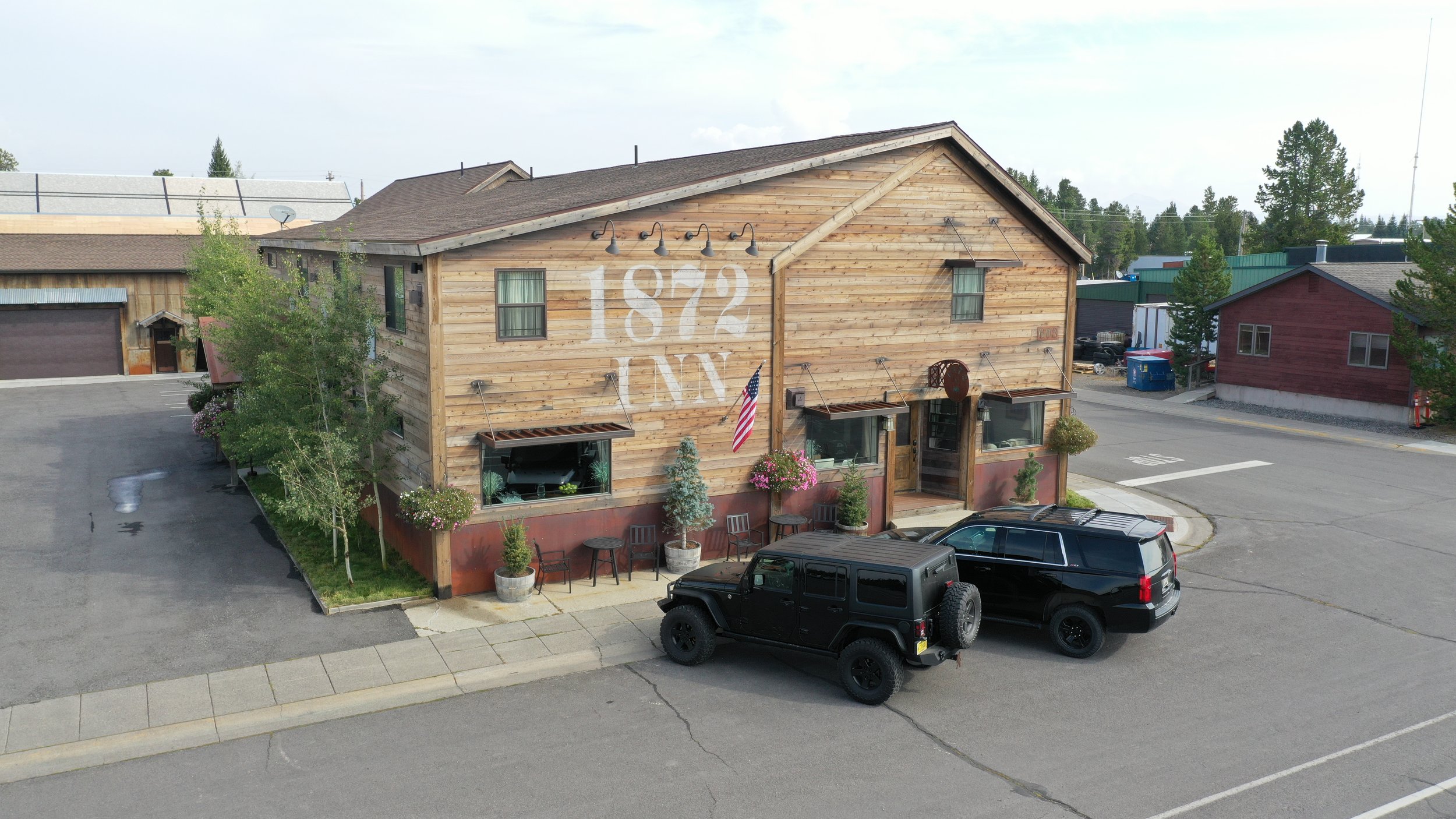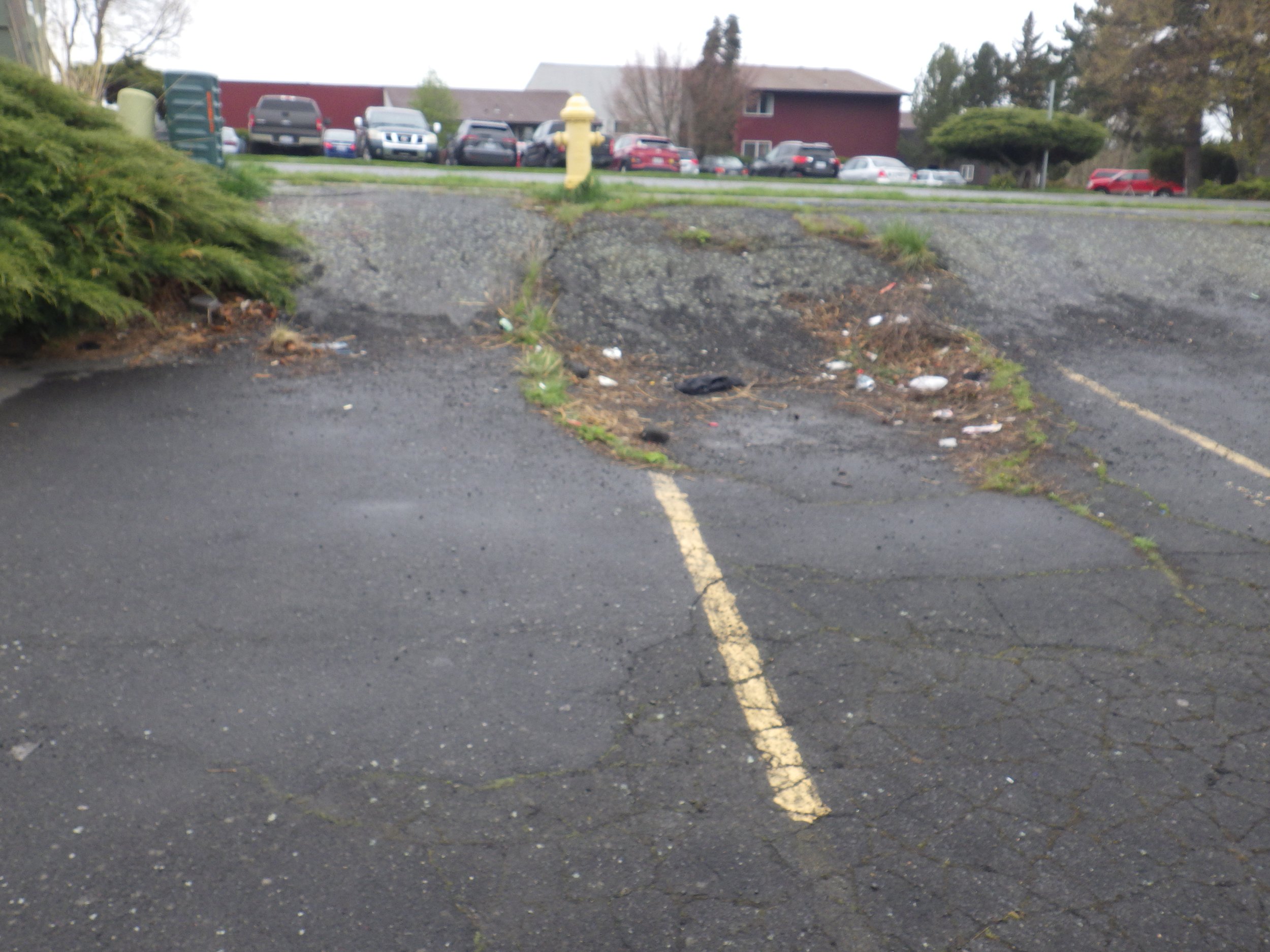
What Goes Into Preparing for an Inspection?
A twitter post (I guess its X now) by @leo_szac got me to thinking - dangerous habit, that it is - about how I prep when I leave my local area to inspect a luxury home or commercial site elsewhere. Nothing changes in the inspection process.
What changes dramatically are the environmentally conditions, soil conditions, and building practices of another region.
When I inspect a hotel in West Yellowstone, the soils are far different than I see when I do a multi-million dollar log home on the Olympic Peninsula or historic hotel in Moscow, Idaho.
Moscow is in my local region. I know that like the back of my hand. On new construction, I can predict what defects will be built into a home before I get there.
You Can’t the Soils -But They Make a Difference
Commercial property I inspected in Montana. Hours of prep work before I even agreed to the contractr.
When I prep for another region, the very first thing I look at are the geological data on soil structures because the bones of a structure must be good and that starts with a solid foundation. The loess of the Palouse is very different than around Yellowstone which is a very stony sandy loam. The Inland Northwest and western Washington have alluvial soils but, even there, there are differences as Seattle has outwash from melting glaciers and Coeur d'Alene soils are much closer to base rock.
Environmentally, rainfall on the Olympic Peninsula is non-stop as befits a rainforest. I live in the Lewis-Clark valley, a desert. I have literally left an inspection on the peninsula where it was 50 degrees and raining and come home to sunny skies and 100+ degree temperatures. Which area do you suspect has much higher wood-destroying fungal growth?
In terms of building practices, the materials don't change much - but the mistakes that the contractors make, do. My joke is that I go visit other regions to visit a whole new inventory of defects.
All this prep is a lot of work before I ever hit a job site but utterly critical to get things right on my end for my clients. I know, all this is six kinds of nerdy. Back to Leo's point. Your local pro in the specific market will likely have a much better handle on that market than someone who helicopter's in from Timbuktu.
There are exceptions to this rule, of course. I can think of at least one nerdy inspector who is.
Is the Wall Moving - Or is the Floor?
Commercial inspections, known as property condition assessments or PCAs, are a totally different beast from a residential inspection. The standards are very different with commercial work much more focused on the document record and future expenses.
Some problems are common to both residential and commercial work. Foundation issues can obviously affect both and this commercial job was one of the more interesting that I have encountered.
Here, the owner who commissioned the PCA thought that he had a problem with the masonry walls of his building moving so, I naturally started there, examining the exterior foundation and wall assemblies.
Lo and behold, no major movement. There was minor cracking in the mortar joints of the masonry system but nothing that suggested a major failure.
Inside, I had considerable wall separation so I understand why the owner thought the walls were moving. However, I am simply not willing to take things on face value. I investigated further. As it turns out, the exterior walls were plumb. They weren’t moving. That being the case, I turned my attention to the floor. Now, I know, everyone expects the floor to be flat, almost by definition so that seems just silly. I checked anyway. I started tapping on the tile and found hollowness underneath. Time to break out the level again. The floor was not flat.
“Hmmmmm,” he thought.
So, what was going on?
If you look at the this picture, you'll see soil subsidence at the water meter and the fire hydrant. The obvious question to ask is "Do we have a major water problem at the curb?" Is there a leak on the water main? At the hydrant? Maybe the storm gutter for the street is failing?
Now, I'm guessing that you are already ahead of me here. Yes, the building is DOWNHILL from this apparent leak. My best guess was that the water flowed under the building causing a combination of erosion in some areas and soil expansion - clay soils can expand greatly when hydrated. That would explain the hollow areas AND the up-raised edges.
My recommendations? First, find and correct the source of that water. Second, they need an engineer to determine how badly the structure is damaged and how to repair it.
I'm glad the owners called me when they did - water problems such as this NEVER get better with time.
Washington State License #215
Former SBCC Member, Former Chairman State Home Inspector Advisory Licensing Board.


